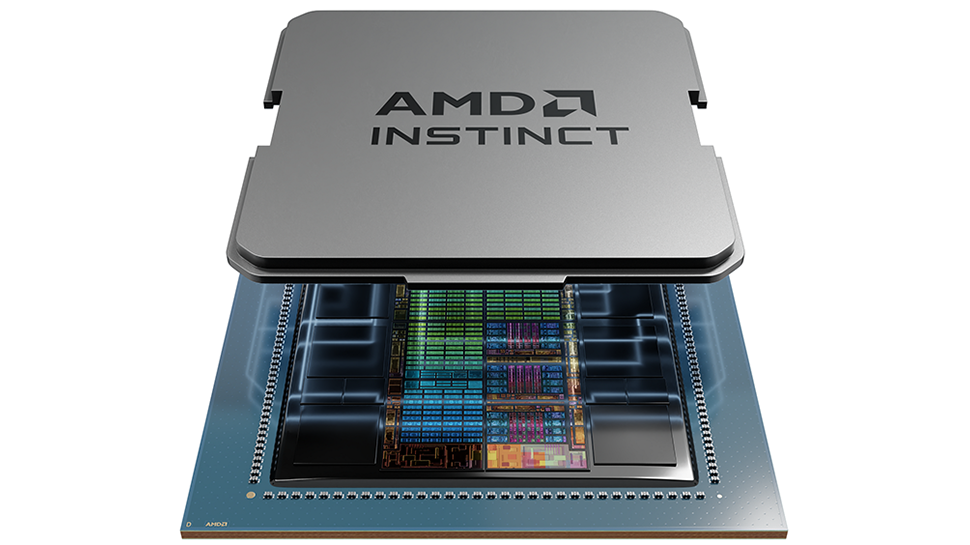Do these Moths come with the AMD card?
Maybe we should just let people buy what they want and not try to tell anyone they're wrong or they could've got something better. Maybe it's objectively better but not better for them, different people will have different needs. Also, and I think this can play a part in this (as with other things), sometimes people have a bad experience with a brand and that puts them off. I have friends that had troubles with AMD cards in the past so now they prefer to buy Nvidia, I think people on here have probably had similar or opposite experiences which will add to their bias. Had had poor experiences with Gigabyte and MSI motherboards in the past so I've been reluctant to try them again, even though they might be better than the Asus and ASRock boards I've bought instead.
There's so many factors that might affect this that we can't know about, it's not going to be the same for everyone.
I don't think there's an easy answer for AMD, I'm sure if there was they'd have done it. I'm sure somebody there has considered "make them cheaper" but it's not that simple and making them better is easier said than done. I know AMD have a smaller budget than Nvidia, but that's not really a consumer concern, we just care about how good the end product is not how good it is considering...
No but we should care about tech jurnoes pushing the prices of these things up.










